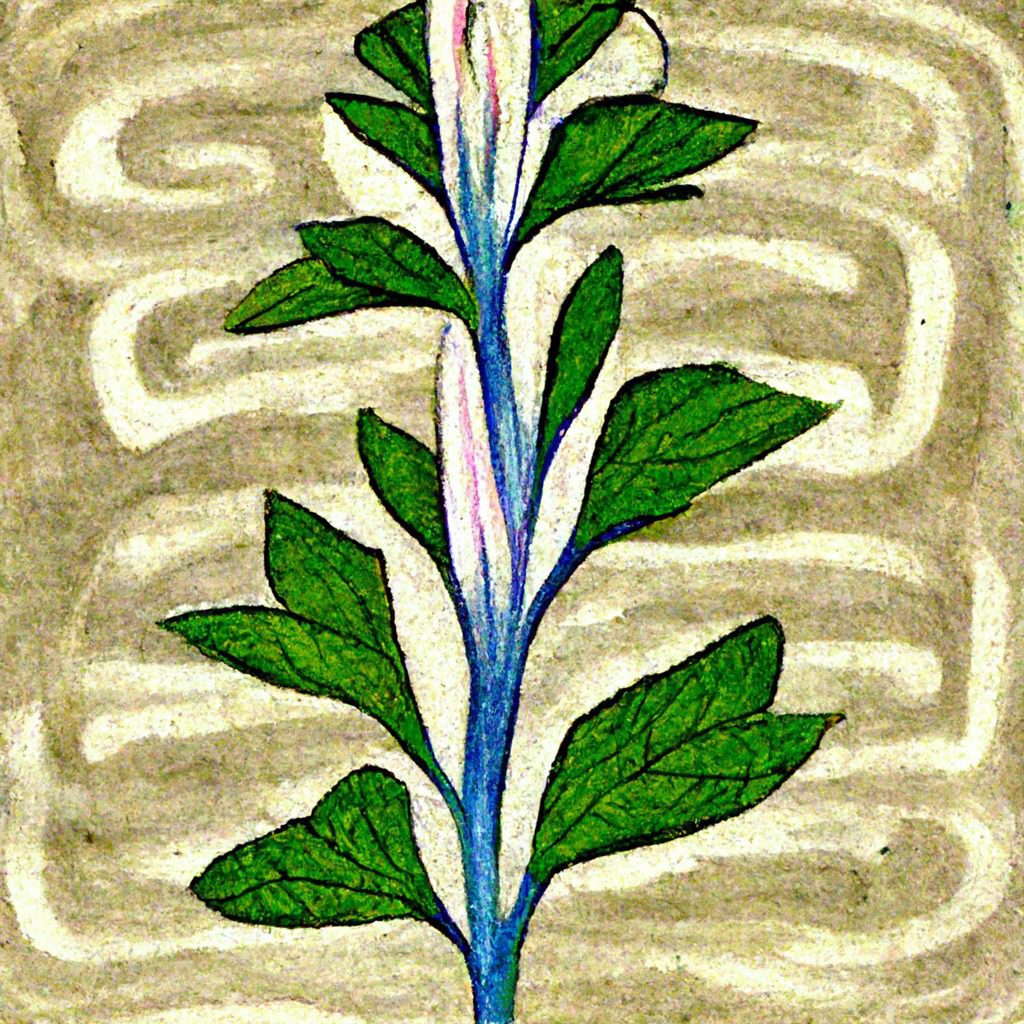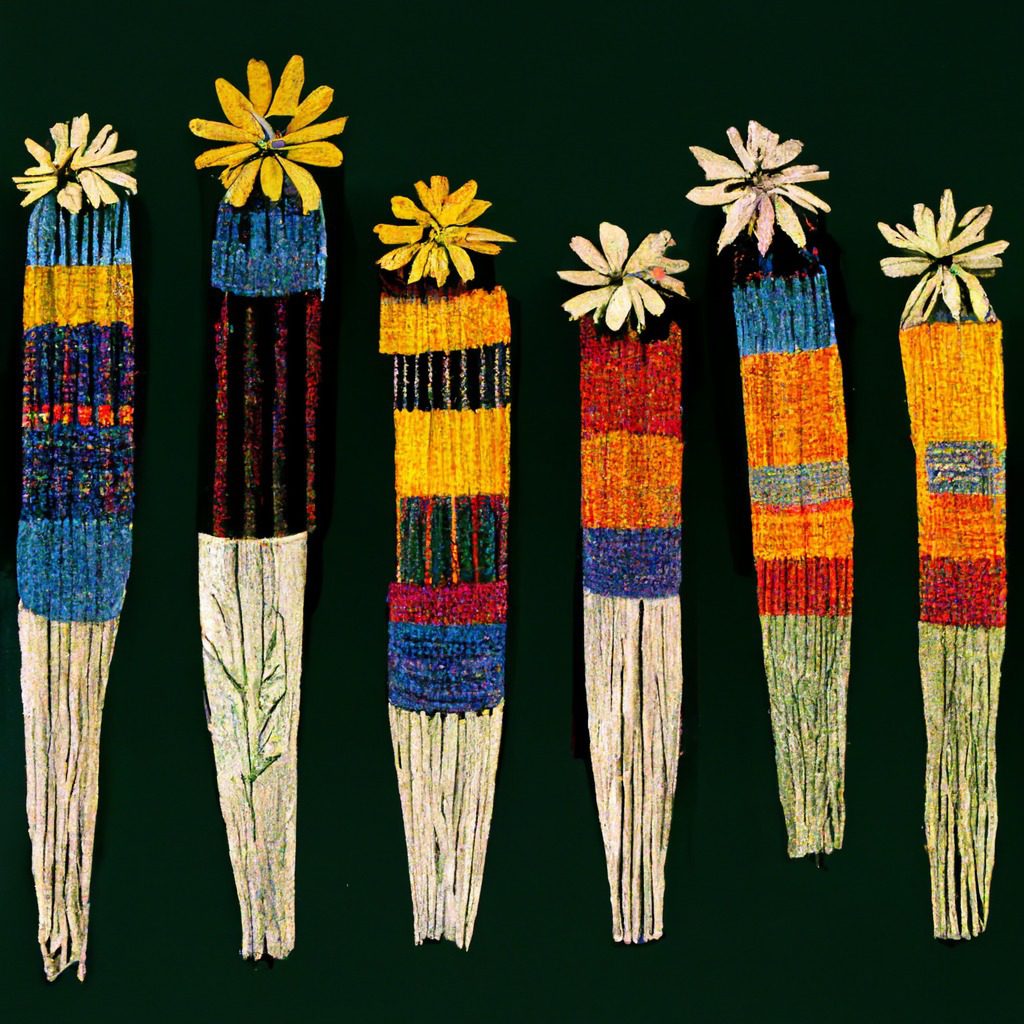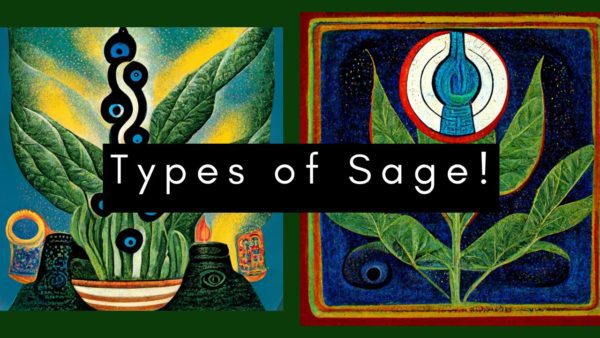Common Sage

Common sage
Commonly found in the coastline sage scrub environment of Southern California and Baja California on the west coasts of the Mojave and Sonoran deserts, Salvia apiana is also known as white sage, bee sage, and holy sage.
When your in desperate need of a smudging stick but just don’t have any of the specific exotic types of sage used for your ritual magic, don’t feel bad for being normal. Simply know you can just use the sage from your herb garden.
White Sage

When we are looking for different types of sage for smudging, the most common kind of sage used for the ritual of smudging is white sage. In point of fact, it is used in the majority of smudge sticks, regardless of whether or not the stick contains any other kinds of herbs.
WHITE SAGE IS THE PERFECT HERB FOR WHITE MAGICK!!
It is possible to employ this herb for protecting oneself, curing oneself, meditating oneself, and purifying oneself, making it a very useful plant. It is the ideal foundation for creating a more tailored smudging mixture by combining it with a variety of other herbs to address a particular issue.
Lavender Sage

Lavender Sage
Lavender Sage is a kind of sage shrub that thrives in full light and may be seen growing along the southern shore of California. The petals of the lavender sage, which resemble those of the common sage in many ways, are rounded, green, and somewhat fuzzy. There are clusters of lilac-like blooms that are a similar shade of purple all over the shrub.
The Lavender Sage plant is not related to the lavender plant, despite the fact that its name is deceptive; yet, the two seem to be quite similar in appearance, with their leaves and purple blooms appearing to be the same.
Lavender Sage, which smells very similar to lavender, is burned in smudge sticks to induce feelings of relaxation and tranquility since it is said to have a sedative effect. It is frequently employed to bring about love, since it is considered to relieve anxiety and may stimulate love in the house. Additionally, it is utilized to bring about love in the home.
You should search for a smudge stick that mixes both white sage and lavender sage so that you may get the ideal level of harmony.
Blue Sage

There are a few other names for blue sage, including grandmother sage and new mexico sage. Dry arid Desert Climates in the southwestern United States are the natural habitat of this very resilient shrub. The name of this sage plant comes from the numerous blue blossoms that grow on the herb bush, despite the fact that the leaves of the shrub itself have a bluish cast to them.
The delicate leaves and blue blooms exude an aroma that is comparable to that of lavender. Lavender has the classic herbaceous odors associated with sage, in addition to some floral undertones. Perfect choice when we are looking for the different types of sage for smudging.
Blue Sage, like its cousin White Sage, may be beneficially used for purifying the body and promoting healing. The aroma that is produced by burning a smudge stick made of blue sage is very calming and relaxing, making it an excellent addition to a house that is used for meditation.
In the event that the aroma of burning white sage is not to your liking, you could discover that the aroma of burning blue sage is more to your liking. It is not necessary to light a fire in order to benefit from the cleansing and energizing effects of blue sage, since it may be used as a smudge stick or the loose leaves can be scattered around the home.
Dakota Sage
Traditional Indigenous peoples have traditionally relied on Dakota Sage as a medicinal herb, smudging herb, and ceremonial accessory. It has been used historically to treat menstruation and digestive problems, colic, inflammation, and skin diseases when applied topically, and the expulsion of worms and other parasites when taken orally.
A scholarly document titled Medicinal Smokes was released in 2006, and it included research data from 50 nations across 5 continents on the traditional use of botanical smoke for the treatment of lung, brain, and skin conditions, as well as for cleaning the air. According to the studies, smoke from different herbs may kill or inhibit the growth of up to 94% of airborne germs for at least 24 hours and often considerably longer.
After the first publication on the health advantages of smudging was published in the Journal of Ethnopharmacology in 2004, a follow-up study was published in 2007 with the same conclusion: smudging is an effective antibacterial. Sage is 100% natural and less likely to produce adverse responses for persons with fragrance sensitivity than chemical air purifiers, which just hide the odors in the air.
Black Sage

Black Sage is believed to be a herbal substance that of which concentrates round an inward and contemplation. It is useful for times when it is necessary to turn the introspective scope within and potentially attempt to build yourself back up again. It also aids in bringing about visualizations and dreams and encourages their development.
Even though it assists in bringing about thoughts and visions, this herb also serves to support a night of excellent sleep and even brings about wonderful dreams. This is one of the many ways in which it helps bring about positive outcomes.
Those who have greater expertise with the spiritual connection to dreams use black sage both to astral travel and to protect themselves while they are on these excursions. Black sage is used for both of these purposes.
The genuine kind of black sage has leaves that are extremely dark green on top, but are much lighter beneath. These leaves are quite lengthy and graceful. It is indigenous to the mountainous regions of California, as well as those that run down the west coast from southern California to British Columbia. The propensity of the leaves to become a darker color in response to dryness is where the name derives from.
It is important to exercise caution when purchasing Black Sage smudge sticks since some stores and manufacturers are not quite certain what it really is. As a result, there is a possibility that you may get a different substance in the smudge stick.
Blue Sage
New Mexico sage, or Grandmother sage, is another name for blue sage. The deserts of the American Southwest are the natural habitat of this very resilient shrub. The blue-tinged leaves of this sage plant are not what give the herb bush its name; rather, it is the many blue blooms that bloom on the shrub.
The delicate leaves and blue blossoms exude a perfume reminiscent of lavender, combining classic sage vegetal notes with floral undertones.
Like White Sage, Blue Sage may be used for purifying and therapeutic purposes. Having a Blue Sage smudge stick burning in your house may be a lovely experience and set the mood for a peaceful meditation session.
If the aroma of burning White Sage bothers you, you may find that of burning Blue Sage to be more to your liking. The cleansing and energizing properties of Blue Sage may be used in the form of a smudge stick or the scattered petals can be maintained about the home and used as needed.
Desert Sage

Take a look at the appearance of Arid Desert Sage. It truly is remarkably similar to that of other plants that are native to desert environments. Really it differs from other types of sage in that its foliage are more brown than they are emerald. The thin stockiness of its branching should also be noted. I’d call it, like a spindly appearance.
This sage shrub has a scent that is particularly distinct from the others. It does have some of the same herbal qualitiy and profile that is characteristic of other sage bushes, but it also has overtones of pepperiness and is fairly comparable to what I think would be Bay Leaves in this regard.
Floral Sage

To increase its effectiveness, sage is often combined with other herbs and flowers. Rose is often used to white sage to form a lovely sage smudging stick that may be used to purify the air and revitalize your spirit.
These smudge sticks include rose petals, which are known to promote feelings of optimism and self-love. Roses are also often connected with the concepts of love, beauty, and wisdom.
In addition, lavender is included in White Sage sticks, which aid to promote peaceful sleep, tranquility, and mental and spiritual contentment. Sometimes Lavender or chamommille is also included in White Sage sticks.
The addition of flowers to the sage smudging sticks increases their potency. Energies within the flowers enhance its effects.
White Sage and Lavender, when combined, provide a potent cleaning agent that is effective at purifying both the physical space and the psyche.
In conclusion to Different Types of Sage for Smudging
Different Types of Sage for Smudging can be used for many different ways for your ritual magic.




